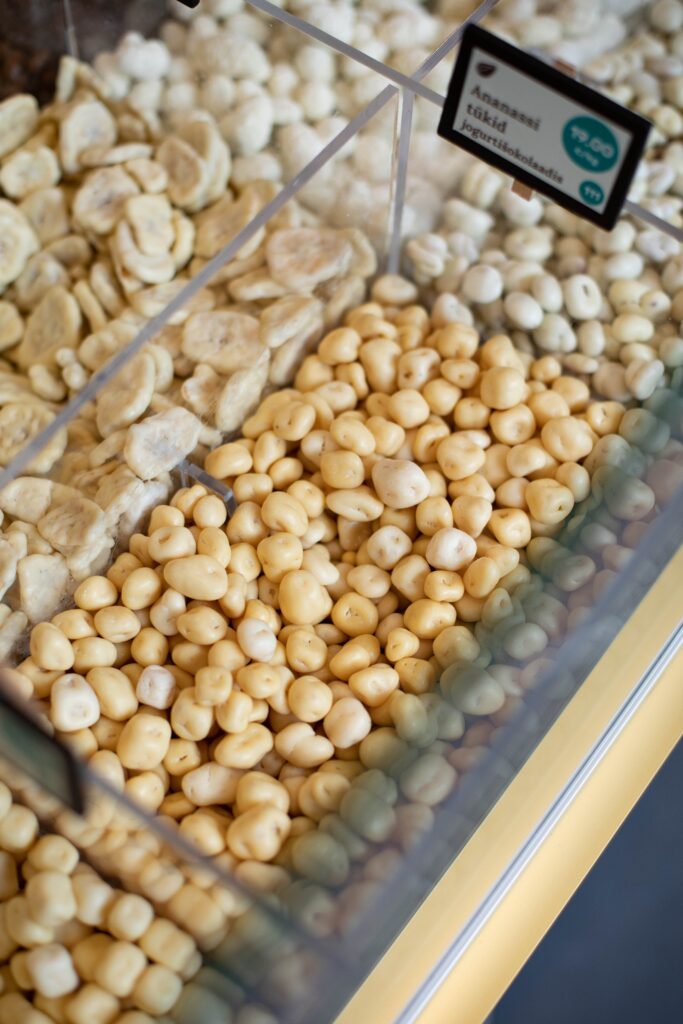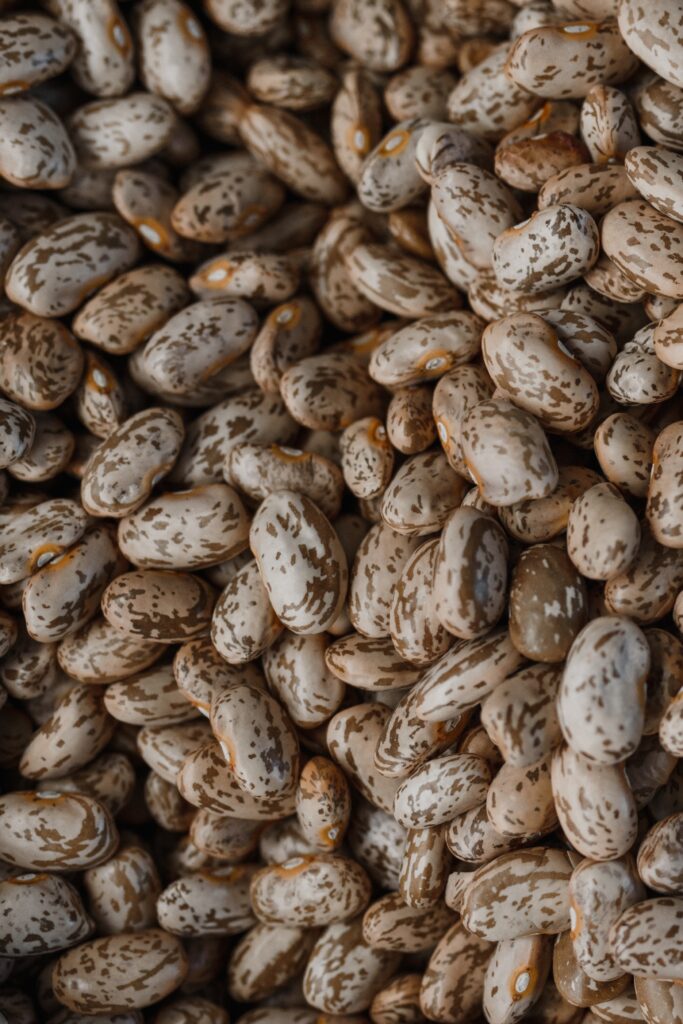Beans are a staple ingredient in many cuisines around the world and for good reason. They are a tasty and nutritious addition to so many dishes and offer a wide variety of flavors and textures to choose from.

Whether you’re looking for a protein-packed main course, a fiber-rich side dish or a flavorful topping for salads and tacos, beans have got you covered! Not only are they delicious and versatile, but they are also extremely affordable and can be easily stored in your pantry for when you need them. So if you’re looking to add more beans to your diet, read on to learn about some of the most common types of beans and some ideas for how to use them in your cooking.
Black beans: These small, round beans have a slightly sweet, earthy flavor and are packed with nutrients. They are a good source of protein and fiber, with one cup of cooked black beans providing about 15 grams of protein and 15 grams of fiber. Black beans are also high in antioxidants, which can help to reduce inflammation and support overall health. They’re good sources of iron, which is important for carrying oxygen to the body’s cells. In addition to being a tasty and nutritious ingredient, black beans are also very versatile and can be used in a variety of dishes such as soups, stews, salads, and even placed inside tacos and burritos. You can also mash them up and use them as a spread for sandwiches or as a base for dips like black bean hummus, or mash and refry them for a traditional Central American breakfast.
Chickpeas: Also known as garbanzo beans, are small, round beans that have a nutty, slightly sweet flavor and are packed with nutrients. They are a good source of protein and fiber, with one cup of cooked chickpeas providing about 15 grams of protein and 12 grams of fiber. Chickpeas are also high in antioxidants, which can help to reduce inflammation and support overall health. They’re also good sources of potassium, which helps to regulate blood pressure and support heart health. In addition to being a nutritious ingredient, chickpeas are also very versatile and can be used in a variety of dishes such as soups, stews, salads, and as a topping for falafel and hummus. You can also mash them up and use them as a spread for sandwiches or as a base for dips like hummus.
Kidney beans: These large, kidney-shaped beans have a slightly sweet, slightly nutty flavor and are packed with nutrients. They are a good source of protein and fiber, with one cup of cooked kidney beans providing about 13 grams of protein and 13 grams of fiber. Kidney beans are also high in antioxidants, which can help to reduce inflammation and support overall health. They’re good sources of iron, which is important for carrying oxygen to the body’s cells. In addition to being a nutritious ingredient, kidney beans are also very versatile and can be used in a variety of dishes such as soups, stews and salads.. You can also mash them up and use them as a spread for sandwiches..
Lima beans: These small, flat beans have a slightly sweet, slightly nutty flavor and are packed with nutrients. They are a good source of protein and fiber, with one cup of cooked lima beans providing about 15 grams of protein and 13 grams of fiber. Lima beans are also high in antioxidants, which can help to reduce inflammation and support overall health. They’re also good sources of potassium, which helps to regulate blood pressure and support heart health. In addition to being a nutritious ingredient, lima beans are also very versatile and can be used in a variety of dishes such as soups, stews and salads. You can also mash them up and use them as a spread for sandwiches or as a base for dips like lima bean hummus.
Navy beans: These small, white beans have a slightly sweet, slightly nutty flavor and are packed with nutrients. They are a good source of protein and fiber, with one cup of cooked navy beans providing about 19 grams of protein and 19 grams of fiber. Navy beans are also high in antioxidants, which can help to reduce inflammation and support overall health. They’re good sources of iron, which is important for carrying oxygen to the body’s cells. In addition to being a nutritious ingredient, navy beans are also very versatile and can be used in a variety of dishes such as soups, stews and salads. You can also mash them up and use them as a spread for sandwiches or braise them and use as a topping for toast.
Pinto beans: These small, pinkish-brown beans have a slightly sweet, slightly nutty flavor and are packed with nutrients. They are a good source of protein and fiber, with one cup of cooked pinto beans providing about 15 grams of protein and 15 grams of fiber. Pinto beans are also high in antioxidants, which can help to reduce inflammation and support overall health. They’re also a good source of magnesium, which helps to regulate muscle and nerve function, and supports bone health. In addition to being a nutritious ingredient, pinto beans are also very versatile and can be used in a variety of dishes such as soups, stews, salads, and as a filling for tacos and burritos. You can also mash them up and use them as a spread for sandwiches or as a base for dips like pinto bean dip that can be enjoyed with tortilla chips.
Here are some delicious recipes on the blog that serve as great inspo for using beans!

No matter which type of beans you choose, they are a nutritious and flavorful addition to so many dishes. They are super versatile and can be used in a ton of different ways – as a main course, a side dish, or a topping for other dishes. So next time you’re looking for a tasty and nutritious ingredient to add to your cooking, consider using beans. Happy cooking!



One Response